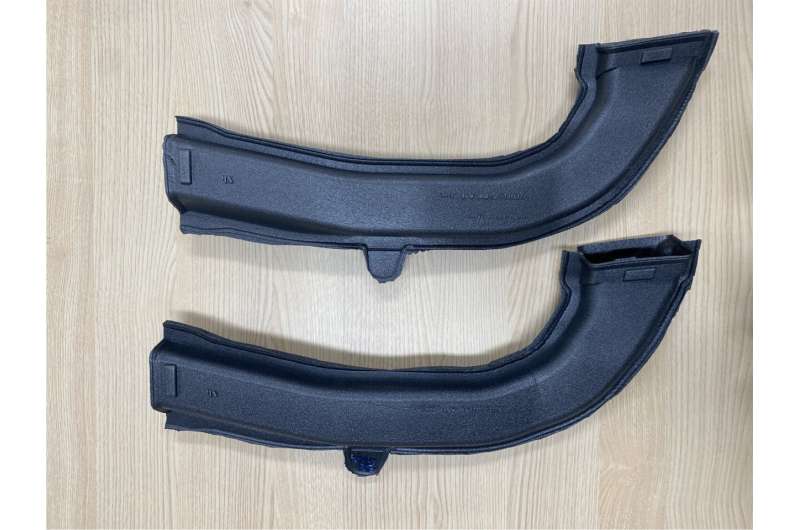Researchers in South Korea have developed a groundbreaking new air duct technology for commercial vehicles that is significantly lighter, more airtight, and less noisy than traditional designs. This innovation promises to enhance safety and fuel efficiency, while also boosting the self-sufficiency of the domestic automotive industry. The new air duct utilizes foam sheets to achieve a 60% weight reduction and improved insulation, resulting in a more comfortable driving experience. Automotive industry and automotive engineering enthusiasts will find this development both exciting and impactful.

Traditional Air Ducts Cause Issues
Historically, automotive air ducts have been produced using High-Density Polyethylene (HDPE) and experience various problems. These ducts were heavy (with poor insulation), and heat loss through the components was so significant that fuel efficiency suffered, as did passenger comfort. Not only that but they were also hard to build, made noise and would be compromised in the event of a collision if it was to break off.
The engineers saw the opportunities for a more innovative solution to overcome these limitations and thus improve the ride dynamics as well as safety performance of commercial vehicles. Using new manufacturing means, combined with innovative materials, they sought to introduce a revolutionary air duct design
Breaking The Mold of Air Duct Technology
This material was re-written based on the press release by the Korea Institute of Machinery and Materials led by Senior Researcher Seunghoon Bae at the Busan Machinery Research Center in collaboration with Yujin SMRC Automotive Tech Co Ltd (Yujin SMRC A.T.) and SH Korea.
The updated air duct is about 60 percent lighter than previous designs, which simply used solid molded plastic. Not only does this massive reduction in weight contribute to better fuel mileage but a lighter duct is also much less likely to cause injury in the event of a crash.
Apart from these, the new air duct design optimally improve airtightness, reduce noise and enhance thermal insulation. That leads to a more serene driving environment, with less noise and improved thermal comfort for passengers.
Huge Step-up in Manufacturing Efficiency
To make the new air duct, they developed a unique manufacturing process that moves away from traditional blow molding. They shifted to vacuum forming and a foam-sheet hot knife process, which significantly decreased the defect rate and increased manufacturing productivity.
This novel idea saw the team preheat their sheets of polyethylene (PE) foam, then subjet them to suction mold into their shape. These were then compression bonded, gluing the upper and lower foam sheets together The foams edges are finally finished by means of a hot knife.
Since this is a more simple and efficient manufacturing process, it leads to better quality and consistency and the secondary benefit of being able to produce complex shapes with accurate replication, providing an excellent design freedom for air ducts. The focus on creating a safe and dependable solution by the development team has allowed this technology to be integrated rapidly across a range of models.
